Sports rules that no longer exist
Sports have a fascinating way of evolving over time, often leaving behind rules that once defined the games we love. These forgotten rules offer a glimpse into the past, showing us how sports have adapted and changed. From tennis to rugby, each sport has its own unique history of obsolete regulations. Let’s take a nostalgic journey through some of these vanished rules and discover how they shaped the games in their early days.
The Disappearance of the Fair Catch Rule in Soccer

Soccer once had a rule allowing players to catch the ball in mid-air and claim a free kick, known as the fair catch. This rule was a carryover from the game’s rugby roots. As soccer developed its own identity, the rule was seen as disruptive to the flow of the game and was eventually discarded. Today, soccer’s fluidity and continuous play are key aspects of its global appeal, with the fair catch rule a distant memory.
The Evolution of the Offside Rule in Soccer
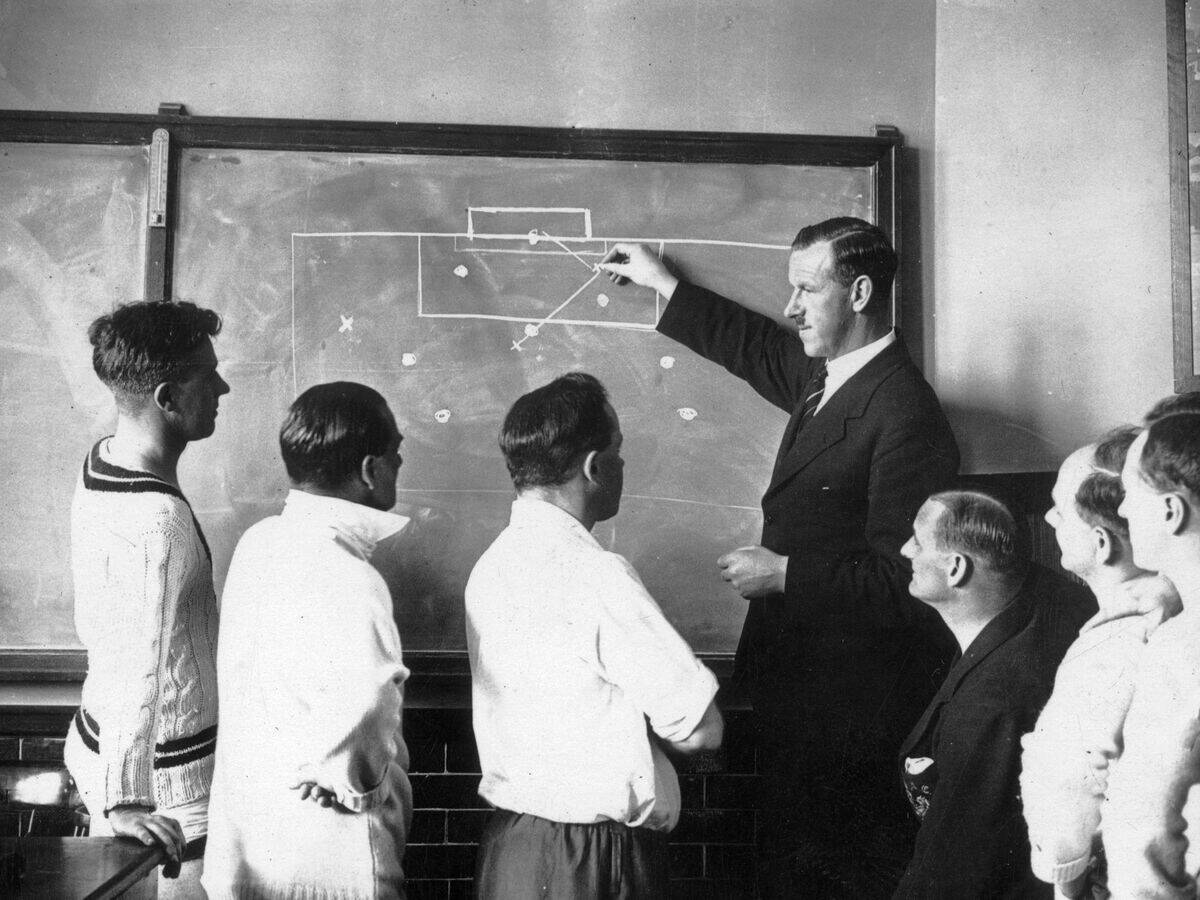
The offside rule in soccer has undergone significant changes since its inception. Originally, any forward pass was offside unless three players were between the receiver and the goal. This heavily restricted attacking plays. Over time, the rule was modified to allow more freedom and creativity in offense, with the current two-player rule. These changes have been crucial in making soccer a more dynamic and attacking game, enhancing its entertainment value.
Baseball’s Old “Pitcher’s Box” and Why It’s Gone
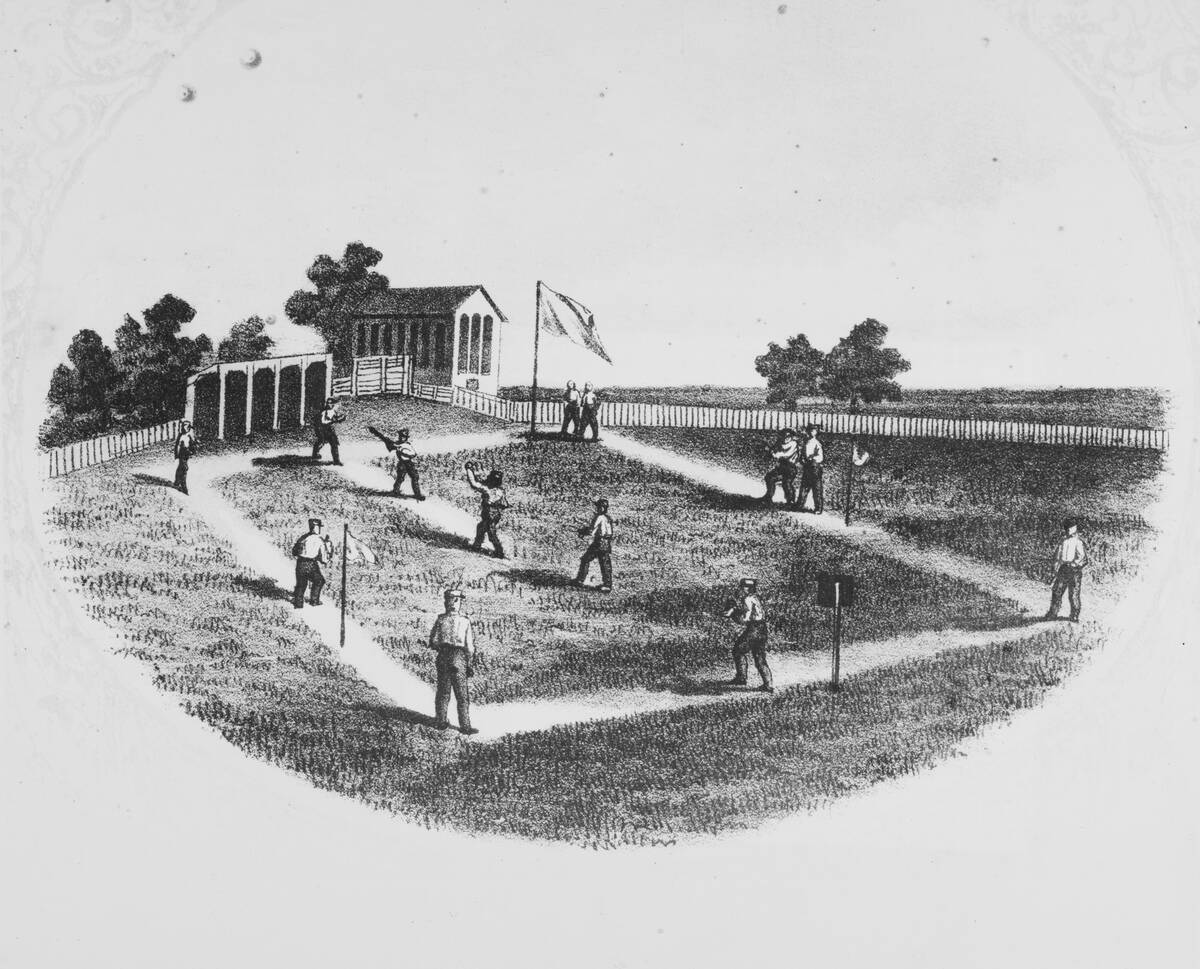
Baseball once utilized a pitcher’s box instead of the pitcher’s mound we see today. This box was a flat, rectangular area from which pitchers had to deliver the ball. As the game progressed, it became evident that a raised mound would give pitchers a strategic advantage in terms of leverage and speed. The mound was introduced for better pitching dynamics and has become a staple of the game, making the pitcher’s box a relic of the past.
The Rise and Fall of the Center Line Rule in Ice Hockey

Ice hockey once featured a center line rule that restricted passing across the red line, aiming to limit long passes that could disrupt defensive play. However, this rule was criticized for stifling offensive strategies and slowing down the game. The introduction of the two-line pass rule, which allowed for more fluid and creative plays, ultimately led to the center line rule’s demise. This change has helped make hockey faster and more thrilling for fans and players alike.
Rugby’s Journey from 20 Players to the Modern 15
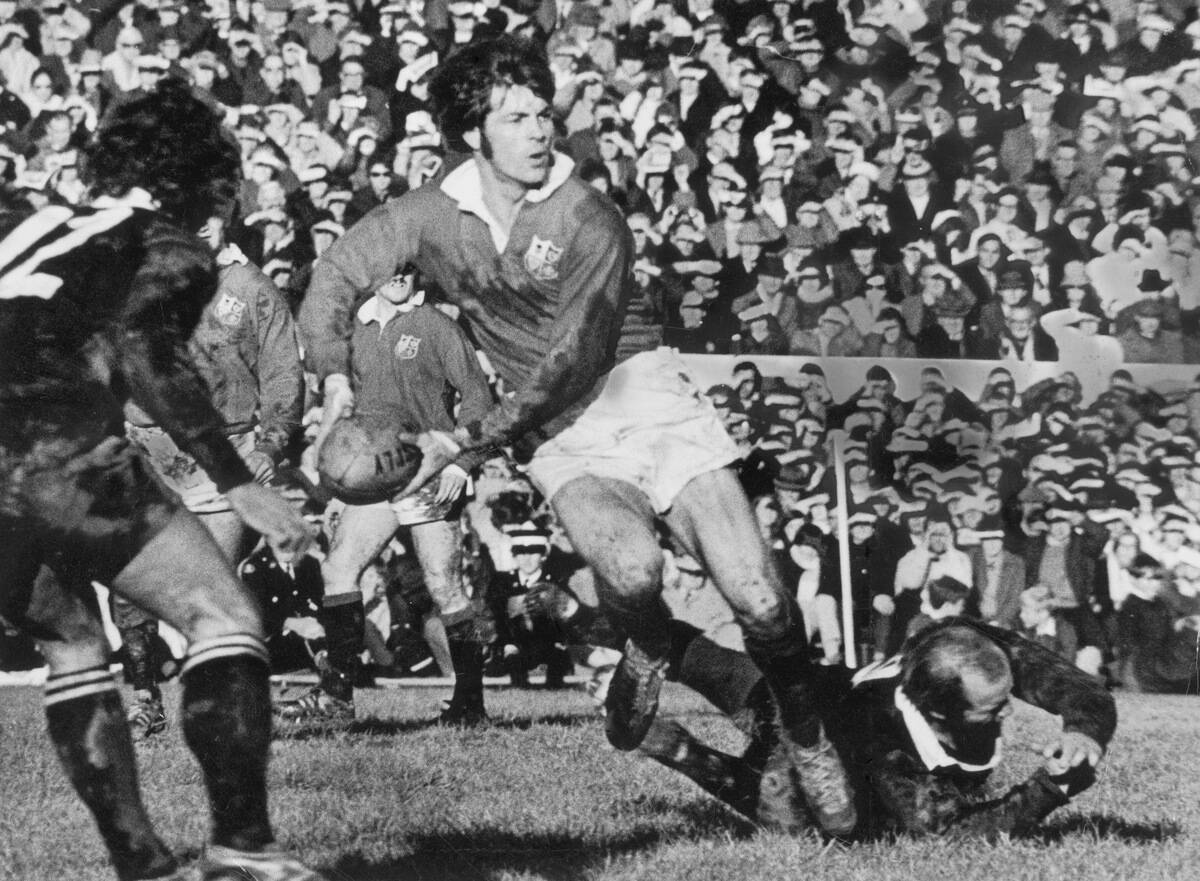
In its early days, rugby was played with 20 players per side, which made for chaotic and crowded matches. As strategies and tactics developed, it became clear that reducing the number of players would lead to a more structured and strategic game. The shift to 15 players per team allowed for more effective use of space, paving the way for the dynamic and tactical rugby we watch today. This change has helped rugby grow into a more globally appealing sport.
The Shift from Wooden Rackets to Modern Tennis Equipment Rules

Tennis has undergone a significant transformation in equipment, particularly with the shift from wooden rackets to modern graphite and composite materials. Wooden rackets, though classic, were heavier and less forgiving on off-center hits. As technology advanced, rackets became lighter and more powerful, prompting updates in equipment regulations to maintain fair competition. This evolution has allowed players to showcase greater skill and athleticism, making matches more exciting and engaging for spectators.
The Discontinued “Three to Make Two” Free Throw Rule in Basketball
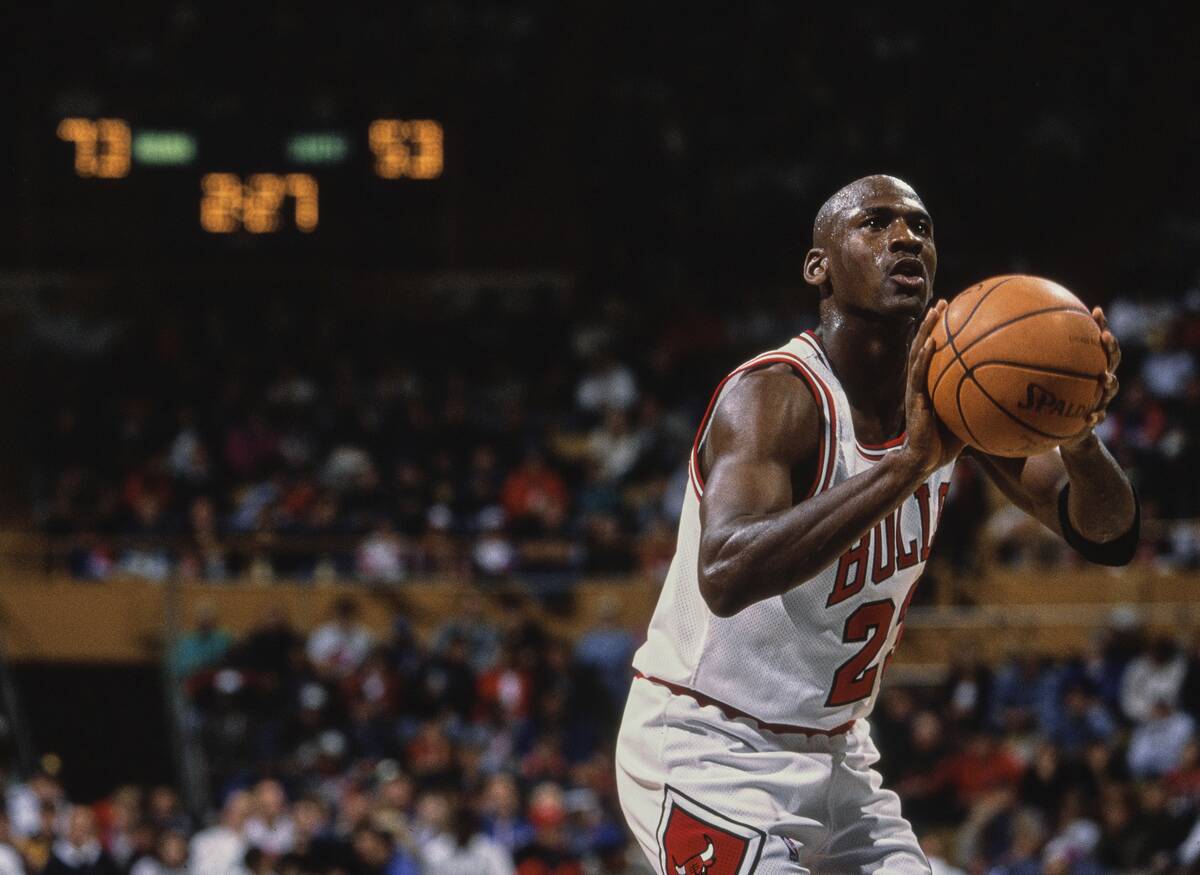
Basketball once had a “three to make two” free throw rule, where a player fouled in the act of shooting had three attempts to make two free throws. This rule was designed to give players a better chance to score points. However, it slowed down the game and was eventually replaced by the simpler two-shot and one-and-one bonus systems. This change has helped streamline gameplay, making it more efficient and enjoyable for fans and players alike.
How the “Golden Goal” Rule Vanished from Soccer
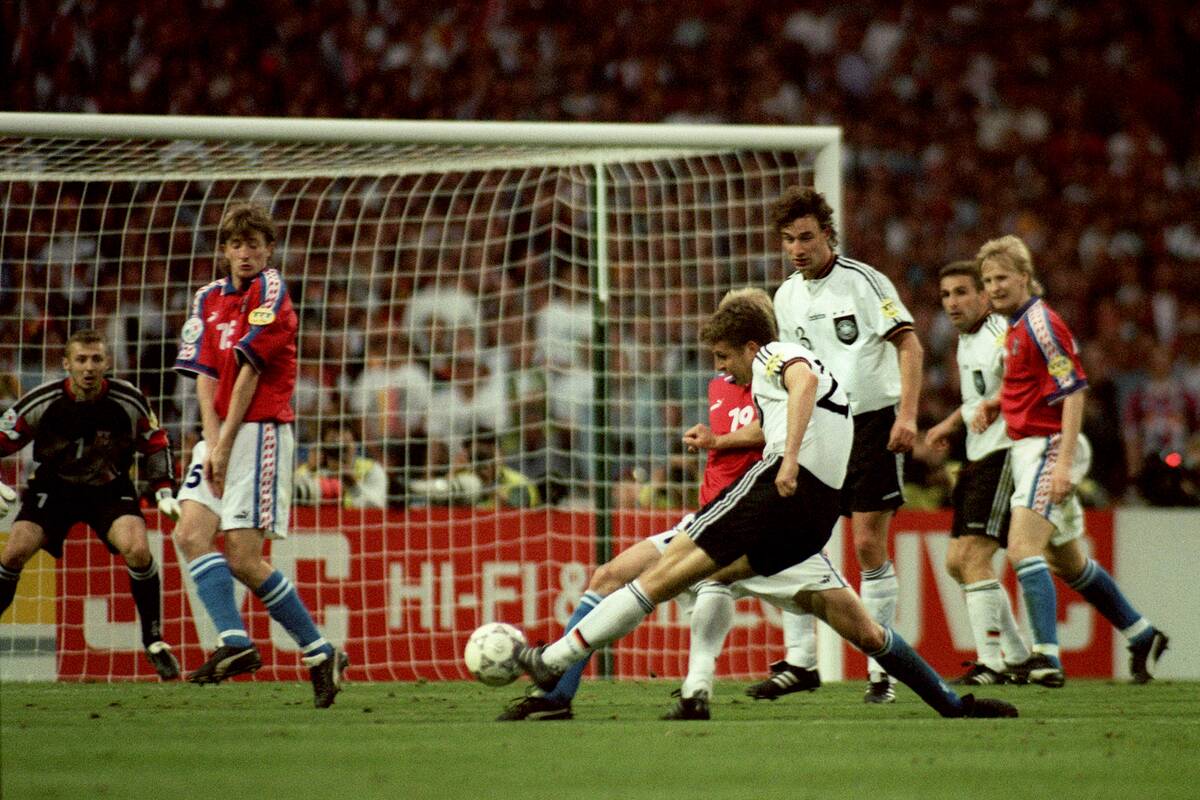
The “golden goal” rule was introduced in soccer to decide matches tied after regular time, where the first team to score in extra time would win. While it added excitement, it also led to overly cautious play as teams were wary of conceding. The rule was eventually scrapped in favor of a full extra-time period followed by penalty shootouts if necessary. This change has allowed for more balanced and strategic play, maintaining the game’s excitement without encouraging overly defensive tactics.
Shifts in Golf’s Stymie Rule and Its Impact on Play
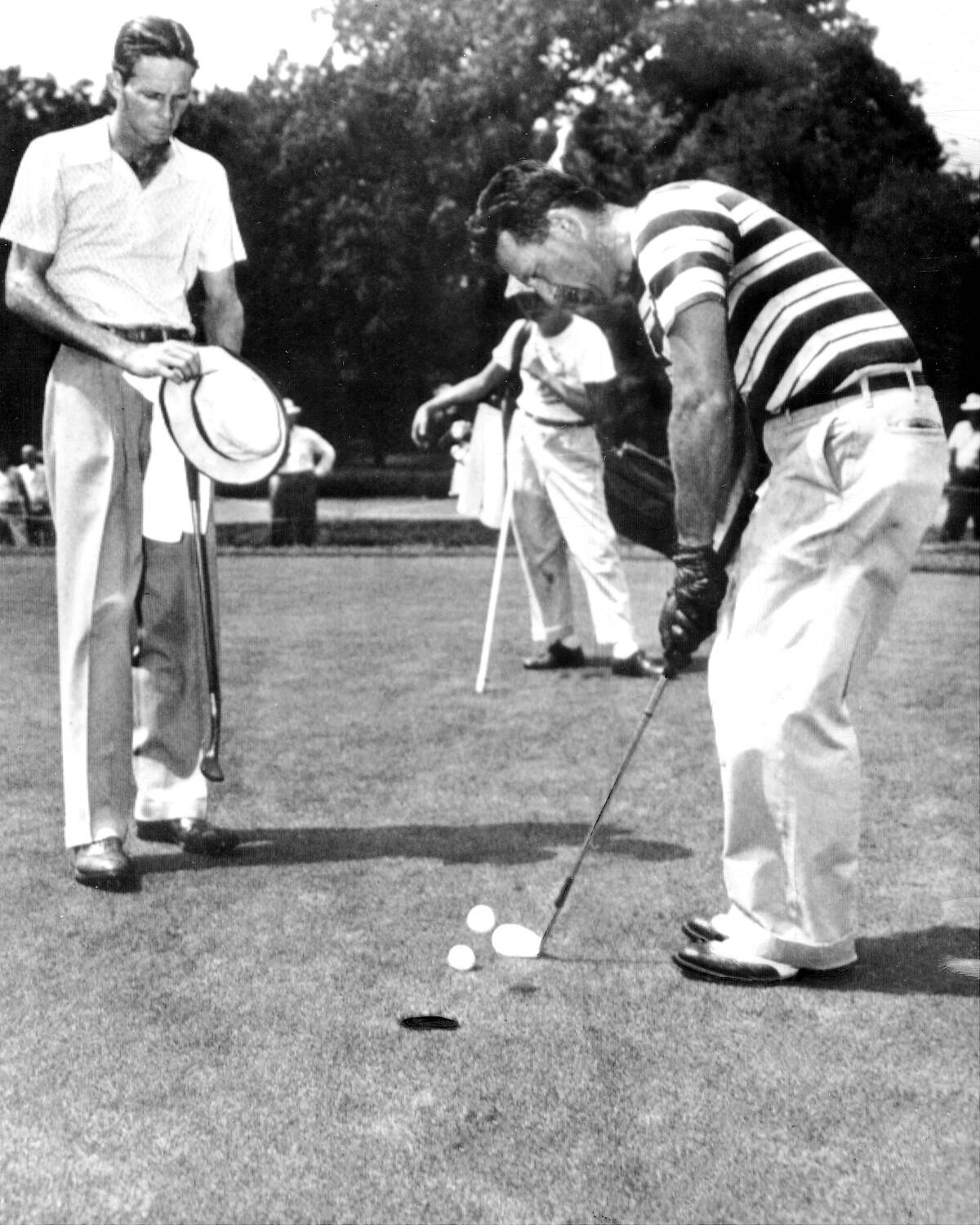
Golf once had a stymie rule where a player’s ball could obstruct another’s path to the hole, requiring strategic chip shots over the obstructing ball. This rule added a layer of complexity but was often seen as unfairly punitive. It was removed in 1952, allowing players to mark and lift obstructing balls. This change has made the game fairer and more focused on skill, improving the overall experience for both players and spectators.
The Forgotten “Helmets Optional” Era in Ice Hockey

There was a time in ice hockey when wearing helmets was optional, a concept that seems almost unthinkable today. This rule was due to the belief that helmets restricted players’ vision and mobility. However, as awareness of head injuries and player safety increased, helmets became mandatory by the late 1970s. This shift marked a significant step forward in player safety, reflecting the sport’s evolving commitment to protecting its athletes.
When Polo Had No Handicap System

Polo, often dubbed the “sport of kings,” once lacked a handicap system, leading to imbalanced matches where skilled players dominated. To level the playing field and promote competitive matches, a handicap system was introduced, assigning players a rating based on skill. This system has allowed for more equitable competition, ensuring that matches are thrilling and closely contested, regardless of the players’ varying skill levels.
The Phased Out “Two-Line Pass” Rule in Ice Hockey

Ice hockey’s two-line pass rule once restricted forward passes across two lines, aiming to reduce cherry-picking and maintain defensive integrity. However, it also stifled offensive creativity and slowed the game. The rule was eliminated in 2005, allowing for longer, faster passes and more exhilarating gameplay. This change has been instrumental in modernizing the sport, making ice hockey faster-paced and more exciting for fans around the world.
The Transition from Underhand to Overhand Serves in Volleyball
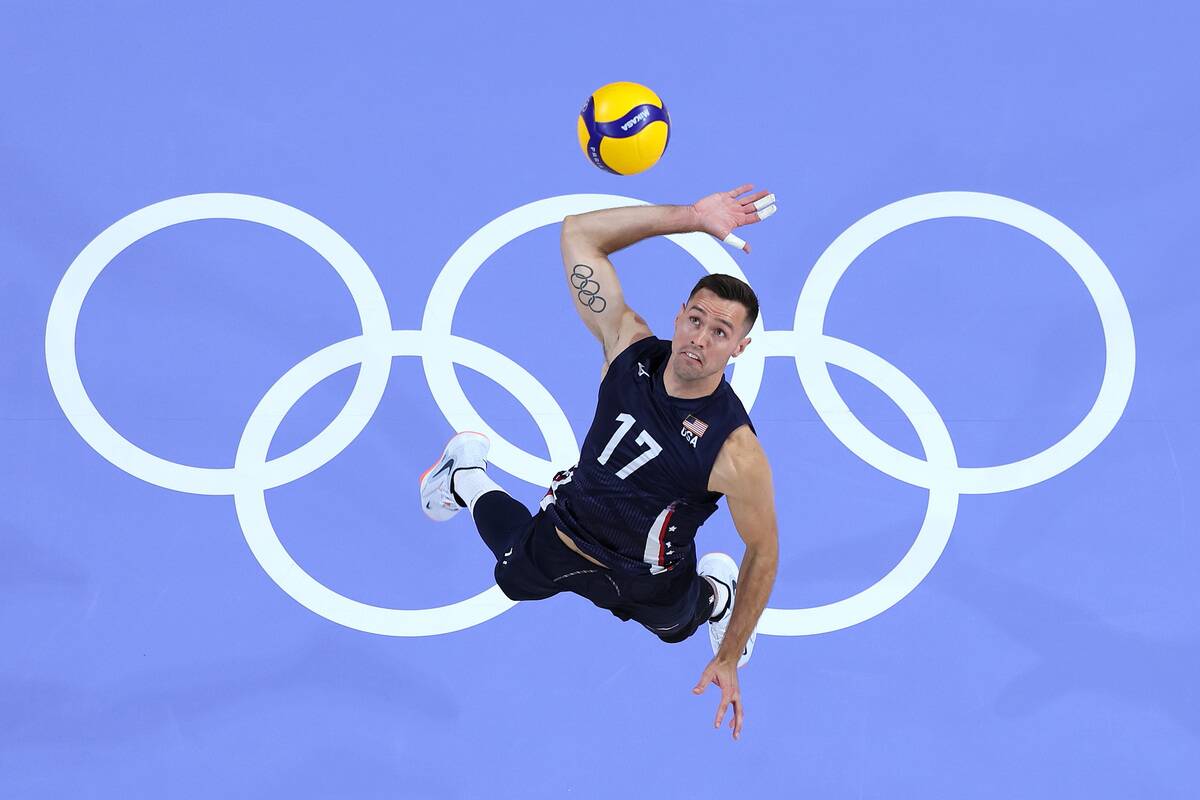
Volleyball’s serving style has dramatically evolved from underhand to overhand serves, a change driven by the desire for a more competitive edge. Underhand serves were easier to execute but less aggressive. As athletes sought greater power and control, the overhand serve became the norm, leading to faster-paced and more strategic games. This transition has added a new level of excitement and challenge to the sport, enhancing its appeal to players and spectators alike.
Horse Racing’s Retired “Walk Over” Rule

The “walk over” rule in horse racing allowed a horse to win a race uncontested if no other horses were entered. While this rule ensured a winner, it did not provide the competitive thrill spectators sought. As the sport grew, organizers encouraged more entries to foster competition. The rule was largely retired, and today, races are rarely run without competitors, ensuring every event is a true test of speed and endurance.
The Obsolete “Rover” Position in Field Hockey
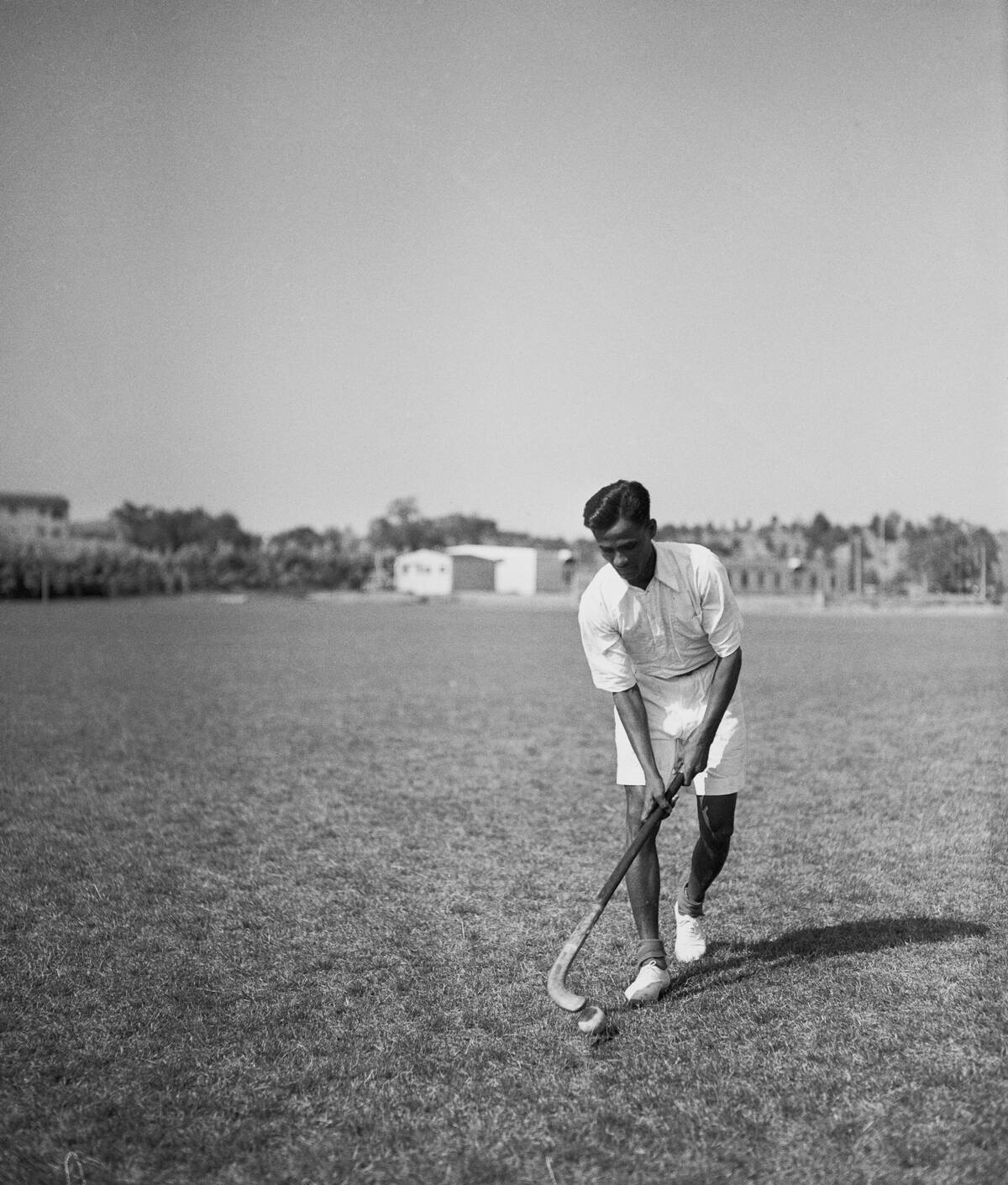
Field hockey once featured a “rover” position, a player with no fixed area of play, adding a dynamic but chaotic element to the game. As tactics evolved, the need for more structured positions became apparent, and the rover role was phased out. Modern field hockey now emphasizes teamwork and strategic positioning, allowing for more organized and effective play, transforming it into the fast-paced, skillful sport we recognize today.
The Disappearance of the “Three-Foot Rule” in Netball

Netball once included a “three-foot rule,” requiring defenders to maintain a three-foot distance from the player with the ball. This rule aimed to prevent overly aggressive defense but was often difficult to enforce consistently. As the game evolved, the rule was refined to allow for more fluid and dynamic play, enhancing the pace and excitement. Today’s netball emphasizes agility and quick decision-making, making it a thrilling sport to watch and play.



